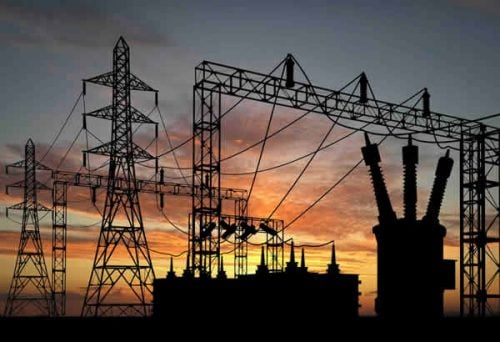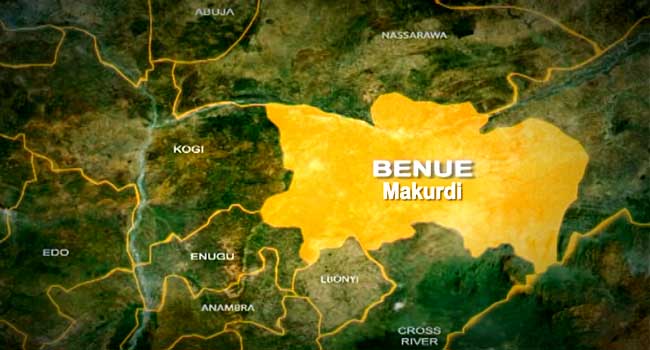Power-generating companies in Nigeria have lost a staggering N2.31tn over the last twelve years due to electricity that could have been generated but was left unused as a result of grid and operational constraints, The PUNCH reports.
This is according to fresh data from the Association of Power Generation Companies, the umbrella body for all electricity generation firms in the country, analysed by our correspondent on Sunday.
It said the losses were recorded between 2013 and September 2025.
The figure represents the cumulative value of power that was available for generation but could not be evacuated by the national grid or distributed to end users.
The figure, sourced from the National Control Centre and presented by the APGC Managing Director/Chief Executive Officer, Joy Ogaji, at its 20th anniversary celebration, highlights the worsening financial strain facing the nation’s electricity market, as power producers continue to shoulder huge losses from stranded generation capacity.
In practical terms, Annual Capacity Payment Loss refers to the monetary value of electricity generation capacity that was available but not utilised or evacuated to consumers due to technical or operational constraints in the transmission and distribution networks.
For example, while generation companies routinely declare between 6,000MW and 7,000MW available capacity, the national grid evacuates about 4,500MW — a shortfall that results in billions of naira in lost capacity payments.
The findings reveal a persistent structural inefficiency in Nigeria’s electricity market, with more than 2,000 megawatts of power stranded each year despite huge investments in generation capacity since the privatisation of the sector.
According to the data, total stranded generation capacity between January and September 2025 averaged 2,221.99MW, leading to N119bn in capacity payment losses within the nine months.
But a cumulative review from 2013 shows that the market has forfeited over N2.3tn to idle capacity that could not be transmitted or distributed — an amount that could have built hundreds of substations or financed new gas plants.
The data showed that, for instance, in 2015 stranded generation was high, with 3,010.24MW (45.50 per cent) left unutilised, costing the sector N214.93bn. Similarly, in 2016, Nigeria recorded its worst year on record, with 3,827.98MW stranded on average, representing 54.38 per cent of available generation capacity. That year, the financial loss to the sector stood at N273.32bn.
In 2017, 3,311MW of power was stranded, leading to an annual capacity payment loss of N236.47bn, while in 2018, losses reached N264.08bn as stranded capacity hit 3,698MW. In 2019 and 2020, the figures were N256.85bn and N266.10bn respectively, as well as roughly 3,597MW and 3,742MW in those years.
Admittedly, from 2021, the stranded power challenge appeared to have reduced, with a N159.85bn and 2,248MW loss, while in 2022 it reduced even further to N132.19bn and 1,816MW respectively. 2023 experienced stranded power amounting to N162.06bn and 2,226MW, while the whole of 2024 yielded capacity losses of N154.72bn and 2,180MW respectively.
Nigeria’s available generation capacity averaged 6,806.63 megawatts between January and September 2025. However, only about 4,637.72MW was actually utilised, leaving 2,221.99MW stranded each month.


